Tablet Dissolution Tester DS 14000 with Peristaltic Pump
The Tablet Dissolution Tester DS 14000 with a peristaltic pump offers a high-throughput solution for dissolution testing, adhering to the latest USP, EP, BP, and IP standards. It features serialised paddles, baskets, and shafts for enhanced traceability.
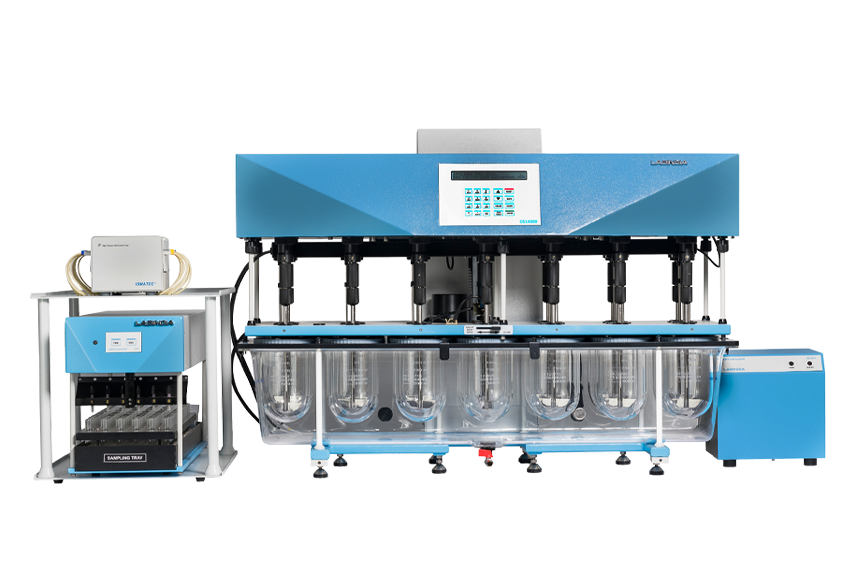
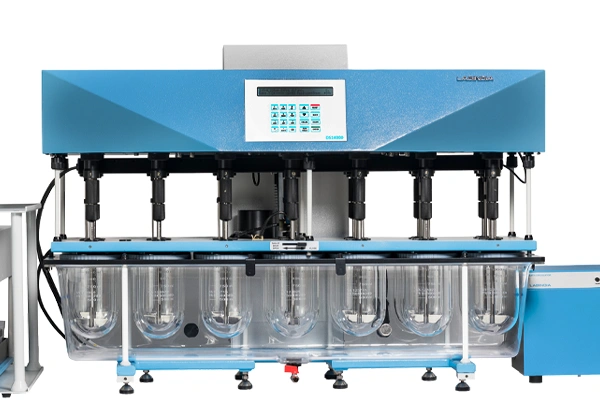
feature-1
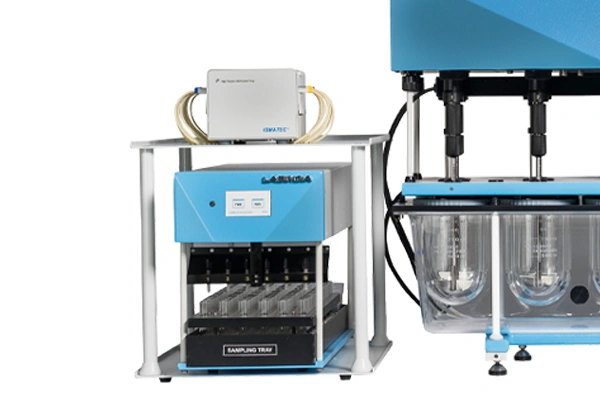
feature-2
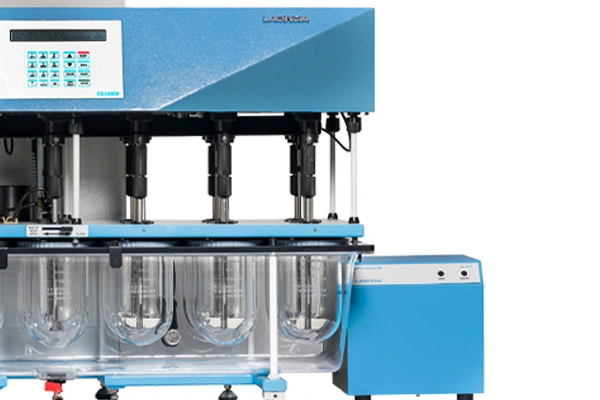
feature-3
Tablet Dissolution Tester DS 14000 with Peristaltic Pump
The Tablet Dissolution Tester DS 14000 with a peristaltic pump offers a high-throughput solution for dissolution testing, adhering to the latest USP, EP, BP, and IP standards. It features serialised paddles, baskets, and shafts for enhanced traceability.
Advanced Control Features
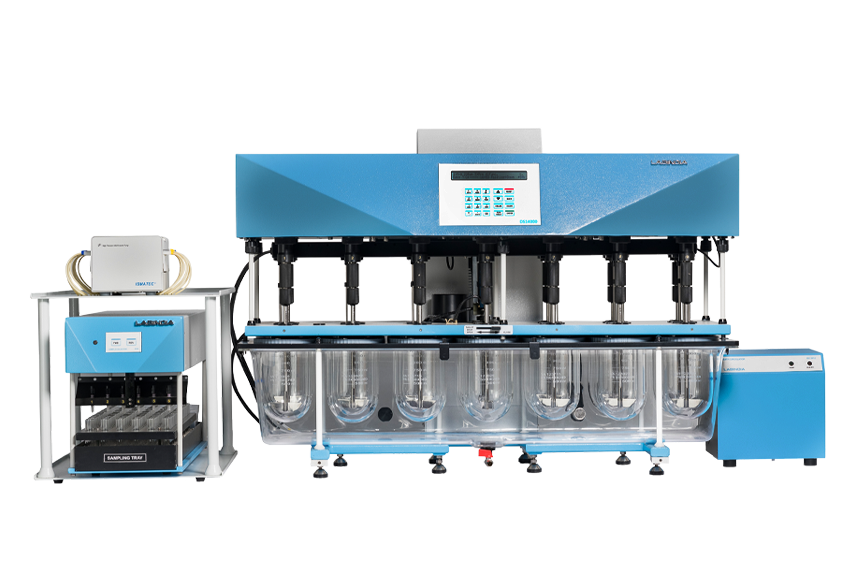
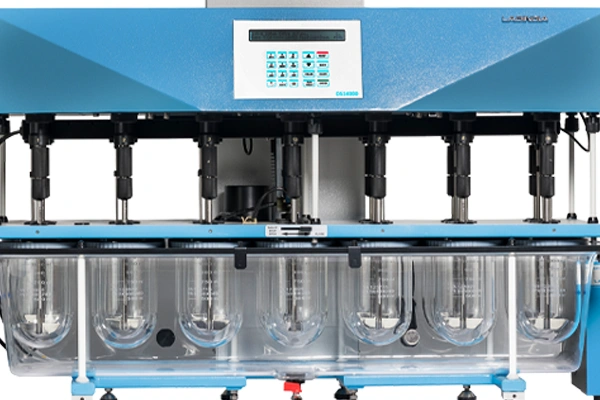
The user-friendly alphanumeric keypad enables effortless control over the entire dissolution apparatus, while the 24-channel peristaltic pump from Ismatec ensures precise and efficient sample transport from the dissolution vessels to the sample collector.
Key Features
The Click n Go cassette design guarantees the longevity of the tubing and maintains sample accuracy. The system allows for the use of two buffers, making it ideal for applications such as enteric-coated tablets.
Durable & Accurate Design


